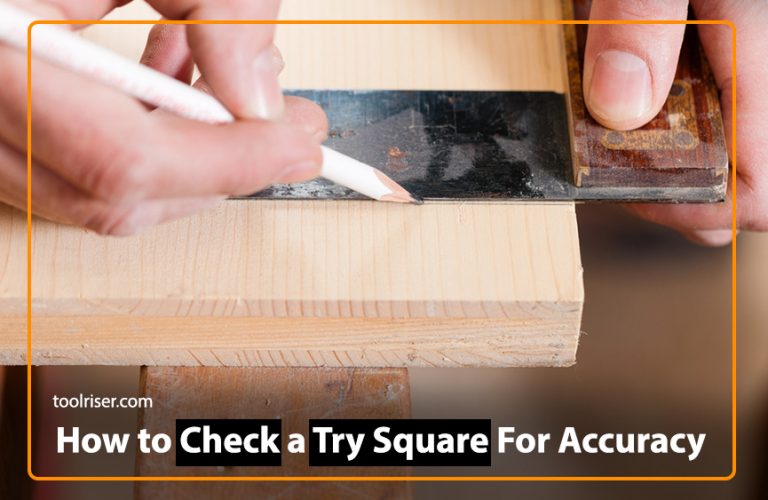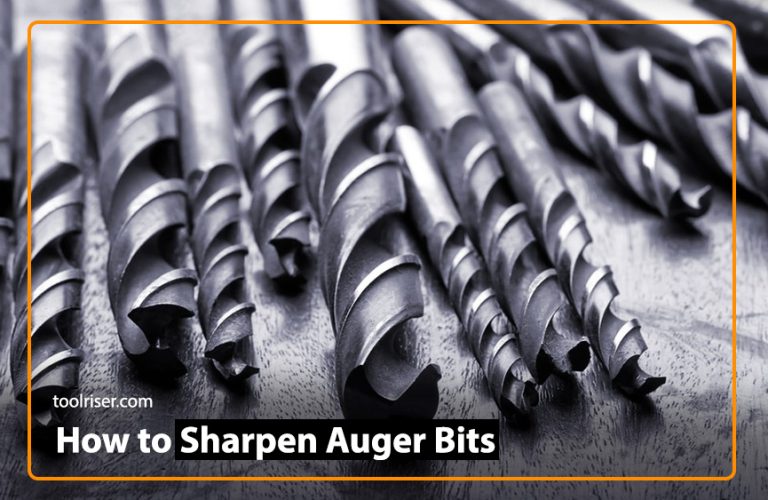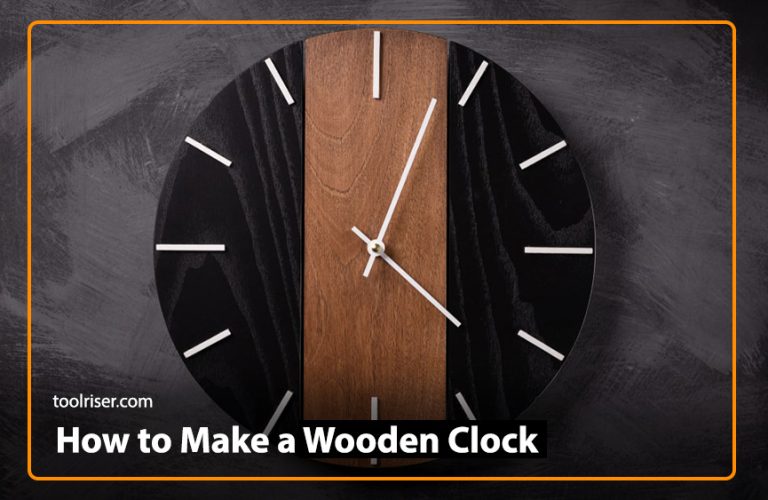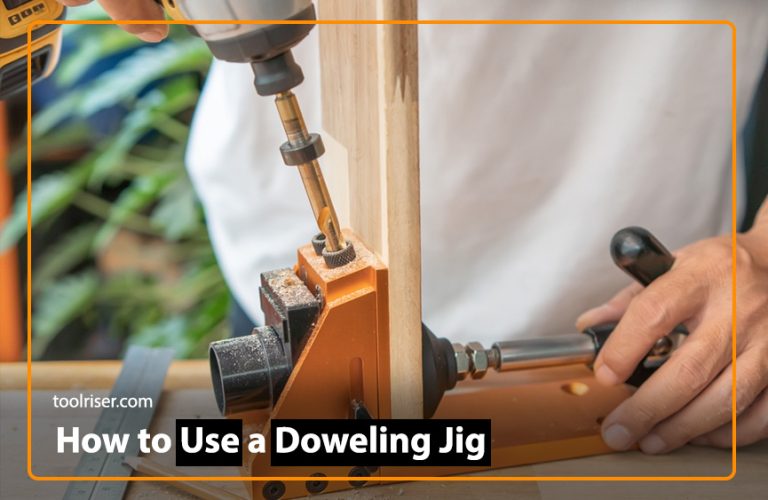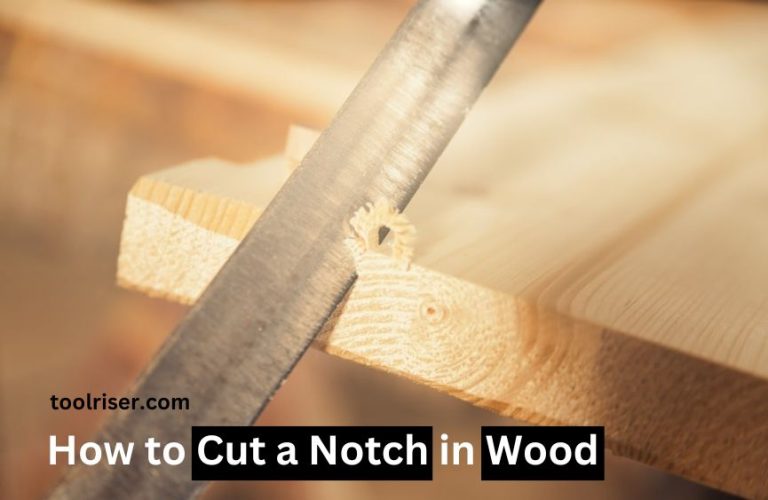How to Use Wrench Tool: A Detailed Guide 2024
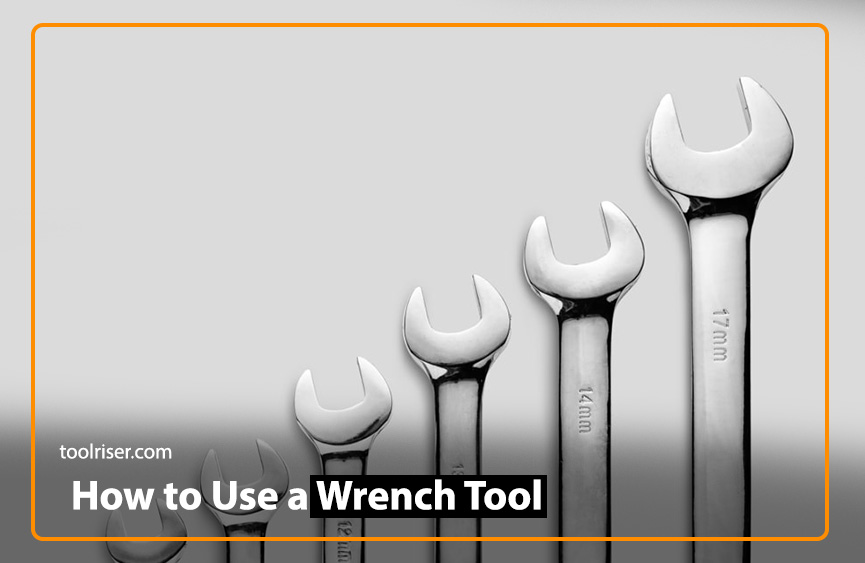
Wrenches are very essential tools in both professional and DIY settings, useful for a variety of tasks from plumbing and automotive repair to furniture assembly and beyond. However, with a variety of types and sizes available, it can be daunting for beginners to understand how to properly use a wrench tool. This guide is designed to demystify the wrench, detailing its types, uses, and some invaluable tips for working efficiently and safely.
What is a wrench?

Let’s breakdown what a wrench is and discuss its primary function. A wrench is a hand tool designed to provide grip and mechanical advantage in applying torque to turn objects—typically rotational fasteners, such as nuts and bolts.
Types of Wrenches
Several wrenches are common in the toolbox of a handyman, each designed for specific tasks:
Adjustable Wrench: Features an adjustable jaw for use on different sizes of nuts and bolts.
Open-End Wrench: Has two open ends of different sizes, designed to fit around nuts and bolts.
Box-End Wrench: Encloses the nut or bolt on all sides with a ring, providing a higher degree of grip and torque.
Combination Wrench: Combines an open-end and a box-end design on opposite ends.
Socket Wrench: Uses interchangeable sockets to fit over the nut or bolt, typically operated with a ratcheting mechanism.
Torque Wrench: Used to apply a specific torque to a fastener, vital for precision assembly tasks.
How to Use a Wrench Tool : Complete Step by Step Guide
1. Selecting the Correct Wrench
Match the Wrench to the Task: Choose the wrench type that is best suited for the task at hand. For instance, an adjustable wrench is versatile, while a socket wrench is ideal for working with nuts and bolts in tight spaces. Ensure the wrench size precisely fits the nut or bolt. An improper fit can strip the fastener, making it harder to turn. Size matters.
2. Using the Wrench
Positioning: For adjustable wrenches, open the jaws and fit them snugly around the fastener. For fixed size wrenches, select the end or socket that fits the fastener.
Gripping: Hold the wrench closer to the head for more control. Apply steady pressure, avoiding jerky movements.
Direction: Remember the rule of thumb, “Righty Tighty, Lefty Loosey.” Turn the wrench clockwise to tighten and anticlockwise to loosen.
Leverage: Use your body weight to help turn the wrench. For obstinate fasteners, a longer wrench provides more leverage.
3. Safety Tips
Wear Protective Gear: Always wear gloves to protect your hands and safety glasses if there’s a risk of flying debris.
Check for Wear and Tear: Inspect your wrenches regularly for any signs of damage and replace them if necessary.
Proper Storage: Store your wrenches in a dry place to prevent rusting. Toolboxes or pegboards are ideal for keeping them organized and readily accessible.
How to Practice
Imagine you’re assembling a piece of furniture and come across a threaded bolt. You’d select a wrench that fits the bolt’s head snugly—let’s say an adjustable wrench for flexibility. Holding the wrench firmly near the head, you position the jaws around the bolt. Applying pressure in a clockwise direction, you tighten the bolt until it’s secure, ensuring the piece’s stability.
Read More:- How to Use a Hammer Safely? A comprehensive guide 2024
Read More:- How to Properly Drill a Hole in a Wall
Wrapping up Thoughts
Wrench tool is one of the most common tools for projects of different aspects. .Mastering the use of a wrench is a fundamental skill for a vast range of projects. By understanding the types of wrenches and their specific applications, selecting the right tool for the job, and applying best practices in its use, you’ll confirm and ensure your tasks are completed efficiently and safely. With some practice, the wrench can become an extension of your hand, ready to tackle any challenge that comes your way.

